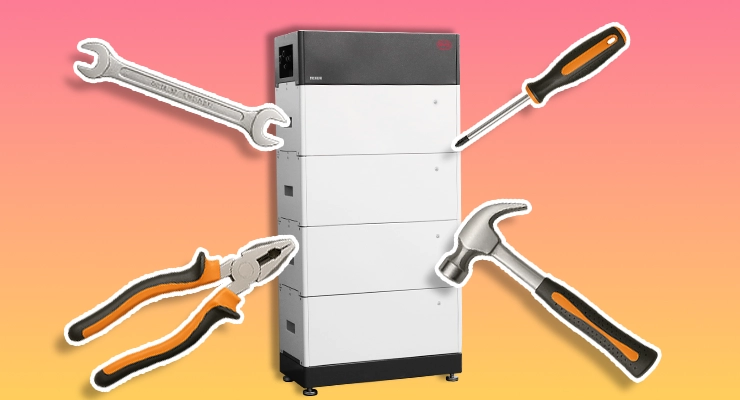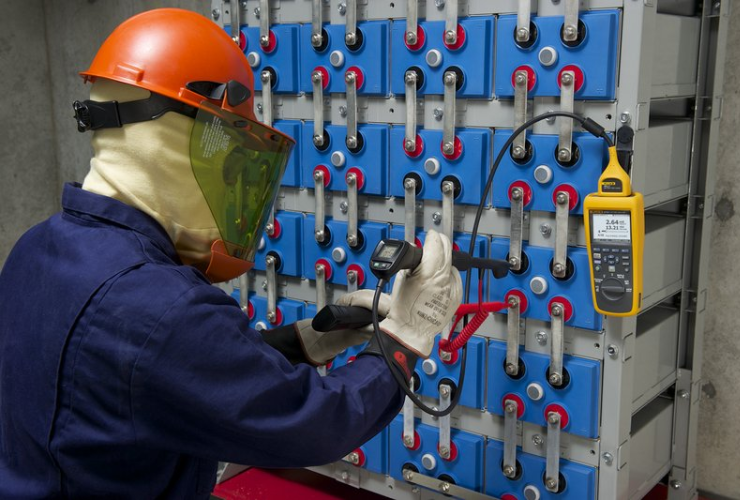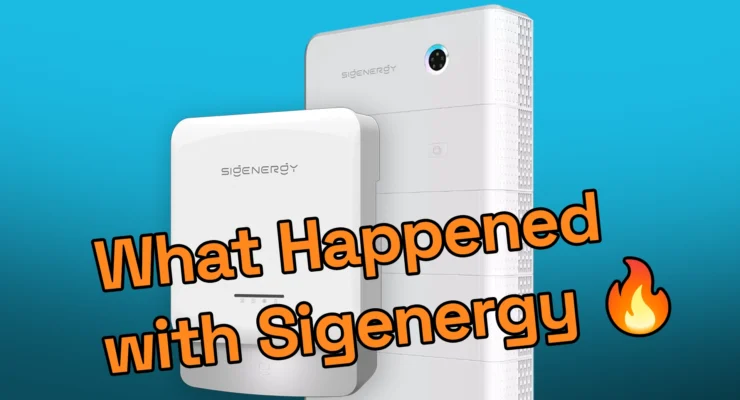Fast read
For most modern lithium-ion solar batteries in Australia, professional maintenance is not required frequently, though a detailed inspection by an accredited technician every two years is recommended for safety and performance. These 'set and forget' systems are managed by a BMS, but older lead-acid batteries demand regular, hands-on checks. All owners should perform simple visual checks and monitor their system's app to spot potential issues early.
How often do solar batteries require professional maintenance?
A common question we hear at Your Energy Answers is about the ongoing upkeep of a home battery system. It’s a great question, as you’re not just investing in hardware, but in years of energy security and savings. The good news is that for the majority of Australian homeowners installing a battery today, the maintenance burden is surprisingly light.
However, the answer depends heavily on the type of battery you have and your commitment to ensuring its long and healthy life.
The big difference: modern lithium vs. older lead-acid batteries
The type of battery chemistry you have is the single biggest factor determining your maintenance schedule.
Modern lithium-ion batteries, which include chemistries like Lithium Iron Phosphate (LFP) and Nickel Manganese Cobalt (NMC), are the standard for residential solar storage in Australia today. Brands like Sungrow and Sigenergy design these systems to be as low-maintenance as possible. They are sealed units managed by an internal computer, called a Battery Management System (BMS), which automatically handles charging and discharging to protect the battery’s health. For these, professional maintenance is more about periodic check-ups than regular hands-on work.
On the other hand, older or some specialised off-grid systems might use flooded lead-acid batteries. These are a much more hands-on technology. They require regular maintenance, including checking electrolyte levels to prevent the lead plates from being exposed and damaged. The frequency of checks can vary from every few weeks to every few months depending on usage, climate, and battery age. Crucially, distilled water should only be added after the battery is fully charged; adding water before charging can cause the electrolyte to expand and overflow. If the plates are already exposed before charging, you should add just enough water to cover them and then proceed with a full charge before topping up to the final level. They also need terminal cleaning to prevent corrosion.
What you can do yourself: simple checks for any battery owner
While you should never open up a sealed lithium-ion battery, there are simple, safe checks you can perform every few months to ensure everything is running smoothly. This is about being an observant owner, not a technician.
- Monitor performance through the app: Most modern batteries come with monitoring software. Keep an eye on its performance. Does it seem to be charging and discharging as expected on sunny days? A sudden, significant drop in how much charge it holds could be an early warning sign of a problem.
- Visual inspection: Take a quick look at the battery unit. Check for any obvious signs of damage, cracks, or swelling in the casing. Ensure vents are clear of debris to allow for proper airflow.
- Listen for unusual noises: Your battery system should operate almost silently. Any new or unusual sounds like hissing or popping are a red flag to contact a professional immediately.
- Keep the area clean: Gently wipe down the exterior of the battery with a dry cloth to prevent dust build-up, which can affect heat dissipation. Never use water or chemical cleaners.
When to call a professional installer
While your own checks are helpful, a periodic professional service is crucial for safety, longevity, and often, to keep your warranty valid. This should be done by an installer accredited by Solar Accreditation Australia (SAA). The accreditation scheme fully transitioned from the Clean Energy Council (CEC) to SAA on 29 May 2024. From this date, installers must be SAA accredited to be eligible to claim Small-scale Technology Certificates (STCs).
For a modern lithium-ion system, a professional check-up of the entire solar and battery installation is recommended at least every two years to ensure the safety and optimal performance of all components, including wiring and isolators. For a lead-acid system, an annual professional service is highly recommended.
A professional maintenance visit should include:
- A thorough visual inspection of the unit, wiring, and connections for any signs of corrosion or damage.
- Testing electrical components, including isolator switches and cables.
- Check the inverter’s fault history to see if any error codes have been logged.
- Confirming firmware is up to date to ensure optimal performance and security.
- For lead-acid batteries, specific gravity and voltage tests are performed to assess cell health.
How maintenance affects your battery’s warranty and lifespan
Most manufacturer product warranties last for 10 years, which often guarantees the battery will retain a certain percentage of its original capacity (e.g., 70%) within that time, or until it has delivered a set amount of energy (throughput) or completed a certain number of charge cycles, whichever comes first. Attempting to service the unit yourself or failing to address clear signs of a problem could potentially void your warranty.
Ultimately, a small investment in periodic professional maintenance is one of the best ways to protect your much larger investment. It ensures your system operates safely and efficiently, giving you peace of mind and helping you get the most value from your solar battery for many years to come.
If you have any concerns about your battery’s performance or are unsure about its maintenance needs, the best course of action is always to contact your original installer or another accredited solar professional for expert advice.




